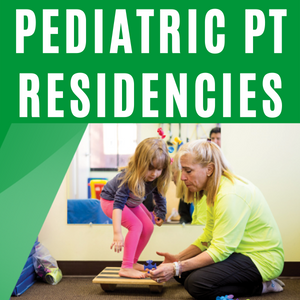Back
Concurrent session
Pediatric Sports -Fitness
The Bridge to the Future of ACL Rehabilitation- the Bridge Enhanced ACL Repair (BEAR) and the Development and Implementation of the Unique PT Protocol
Saturday, November 19, 2022
2:15 PM – 3:45 PM
Location: Broadway 3-4

Kathleen Strawn, PT, DPT, OCS
Physical Therapist
Boston Children's Hospital
Ashland, Massachusetts
Lead Speaker(s)
The incidence of ACL injuries is a prevalent issue in the pediatric population. While ACL reconstruction using autograft or allograft has been the standard of practice for surgical interventions, the Bridge Enhanced ACL Repair (BEAR) allows the patient’s native ACL to heal and be restored to its original anatomical orientation, and preliminary evidence suggests that it may be a more optimal procedure for the pediatric population. This session examines a new PT protocol developed specifically for the BEAR procedure and the unique approach to rehabilitation. The development of this protocol and experience with implementation, as well as trajectory of recovery will be discussed. A comparison of the rehabilitation experience of BEAR patients compared to ACL reconstruction with a review of functional outcomes will be highlighted. Lastly discussion will outline future studies involving the BEAR procedure and rehabilitation, as well as considerations for further development of the protocol.
Learning Objectives:
- Identify key differences between the BEAR surgical procedure and ACL reconstruction procedures (ACLR), as well as differences in rehabilitation protocols between BEAR and ACLR procedures
- Define unique aspects of the rehabilitation experience of post-op BEAR pediatric patients and the purpose of key elements during phases of the BEAR PT protocol related to the surgical procedure
- Discuss rehabilitation outcomes and identify short and long term benefits of the BEAR procedure and PT rehabilitation which may make it the preferable option to typical ACL reconstruction options

.jpg)
.png)
.png)
.png)
.png)
.png)

